- Some of the largest ships in the world come in the form of oil tankers, cargo carriers, and cruise liners.
- These mega machines are marvels of engineering and contribute to a huge percent of the world’s transported goods, not to mention people.
- The sheer sight of one of these supertankers up close makes one realize the true gravity of the manufacturing and design techniques involved in the construction process.
- These monumental machines require massive propulsion systems.
- Some diesel, some nuclear, some wind, and some even solar-powered.
Christopher McFadden, writes for Interesting Engineering about the 9 of the world’s biggest ships ever built. They range from oil tankers to cruise liners here are some of the biggest ships ever built.
And who says that size doesn’t matter?
However, these vessels are not so eco-friendly. According to sources like the European Commission, shipping contributes to around 3% of the total global carbon dioxide emissions. For this reason, more and more ships are being fitted with fuel-efficient engines and hybrid systems.
For a quick peek at the top 9 biggest ships in the world you are about to read about, you can also check out this video.
Without further ado, here is a list of a few of the largest ships in existence.
1. The Knock Nevis is one of the world’s largest ships
One of the longest and heaviest ships ever built was an oil tanker known as the Knock Nevis. The Knock Nevis, or Mont as it was previously known, was a ULCC supertanker that was eventually decommissioned in 2009.
The Knock Nevis was the largest, moving man-made object on the planet. From stern to bow the ship was longer than the Empire State Building’s height. The ship spanned 1,504 ft (458.45 mt) and had a staggering gross tonnage of 260,941 GT(214,793 NT).
Knock Nevis was originally built in 1979 by Sumitomo Heavy Industries, Japan. In 1988 the ship was severely damaged and sunk in the Strait of Hormuz during the Iran-Iraq war, but was recovered and repaired, and later returned to active service under the name Happy Giant.
She was later bought by the Norwegian Jorgen Jahre in 1991 and renamed Jahre Viking where she served for 13 years. Eventually, she was purchased by First Olsen Tankers and renamed the Knock Nevis.
The 35-crew ship had a cruising speed of 16 knots (30 km/h; 18 mph) and was propelled by a single propeller, 30 ft (9 mt) in diameter. The Nevis took ~5.5 miles (9 km) to slow down from cruising speed to stand still and had a turning circle of 3 km(~2 miles).
2. TI Class supertankers are truly enormous ships
Some of the largest oil tankers still in operation are the TI Class supertankers. The Tankers International L.L.C’s fleet consists of the TI Africa, TI Asia, TI Europe, and TI Oceania.
These mega tankers were constructed by the Daewoo Shipbuilding & Marine Engineering in Okpo, South Korea in 2003 for the company Hellespont.
The TI range is 78 m (256 ft) shorter than the previously mentioned Knock Nevis at ‘only’ 380 m(1,247 ft) in length. The TI range has a tonnage of 234,006 GT(162,477 NT) and can cruise at 16.5 knots (30.5 km/h; 18.9 mph) fully loaded.
The TI ships were first named the Hellespont Alhambra, Hellespont Fairfax, Hellespont Metropolis, and Hellespont Tara but were bought by Overseas Shipholding Group (OSG) and Euronav NV, a Belgian shipowner in 2004, whereby they were given new names.
TI Asia and TI Africa were converted into FSO oil storage vessels in 2010. However, TI Europe and TI Oceania are still in operation as ULCC’s.
3. Q-Max ships are also among the biggest ships in the world
The world’s largest membrane-type liquefied natural gas carriers are the Q-Max ships. They have a gross tonnage of 162,400 GT and span 1,132 ft (345 mt) in length. The Q-max ships have a capacity of 9,393,701 cubic feet (266,000 cubic meters) and travel at 19.5 knots (36.114 km/h; 22.4 mph).
There are fourteen Q-Max ships in circulation and they bear the names: Al Mayeda, Al Mafyar, Umm Slal, Bu Samra, Al-Ghuwairiya, Lijmiliya, Al Samriya, Al Dafna, Mozah, Mekaines, Shagra, Zarga, Aamira, and Rasheeda. The ships were built by Samsung Heavy Industries, Hyundai Heavy Industries, and Daewoo Shipbuilding & Marine Engineering.
The first ship Mozah was completed in 2007 and the naming ceremony took place at the Samsung Heavy Industries’ shipyard in South Korea. The Q-Max ships all operate under the Qatari gas transport company Nakilat. The Q-Max ships are the largest ships that are able to dock at the LNG terminals in Qatar and hence their name bears the “Max” suffix.
4. Another of the world’s largest ships is the CSCL Globe
In November 2014, a naming ceremony was held for the world’s biggest ship used for container transport at the time, the CSCL Globe. The CSCL Globe was the first of five 19,000 TEU container ships ordered by China Shipping Container Lines (CSCL) in 2013.
The CSCL Globe was purchased from Hyundai Heavy Industries and set to be deployed on the Asia-Europe trade loop. The mega-ship spans a length of 400 m (1,312 ft) and has a gross tonnage of 187,500 GT.
The CSCL Globe is propelled by a 77,200 BHP electronically controlled main engine that is said to outperform other 10,000 TEU container ships in engine efficiency. The engine burns 20% less fuel per TEU as a result of the feedback it receives from sea conditions. Maersk awarded the Daewoo Shipbuilding company two contracts involving 20 Maersk Triple E Class container ships at roughly US$200 million per ship in 2011.
The CSCL Globe is slightly bigger than the Maersk Triple E Class container ship, which has a capacity of 18,000 TEU, compared to the Globes’ 19,000 TEU. The Maersk Triple E Class is similar in length and can cruise at 23 knots (26 mph; 42 km/h).
Triple E stands for the design principles that the ships are built on: Economy of scale, Energy efficiency, and Environmentally improved. The Maersk ships are currently the most efficient container ships in service.
5. The Oasis of the Seas is a true behemoth of the ocean
The Oasis of the Seas along with Allure of the Seas and the Harmony of the Seas, formerly known as ‘Project Genesis’, are the largest passenger ships or cruise ships in existence. Built for the Royal Caribbean company, they were delivered in 2009, 2010, and 2016 respectively. A fourth vessel, Symphony of the Seas, was completed in March 2018. As of April 2019, the fifth Oasis-class ship, Wonder of the Seas, was under construction and a sixth unnamed ship has also been ordered.
The cruise liners extend 1,181 ft (360 mt) long and can accommodate a maximum of 6,296 passengers in addition to its 2,394 crew members. These ships are the fastest of our big league at 22.6 knots (41.9 km/h; 26.0 mph) with a gross tonnage of 225,282 GT.
The cruise liners have enough recreational activities to keep families occupied for weeks on end. Various of the ships incorporate two FlowRider surf simulators, a zip line that is 82 ft (25 mt) across and nine decks high, an ice-skating rink, two 43 ft (13 mt) high rock-climbing walls, swimming pools, a full-sized basketball court, and even a water park. The Oasis of the Seas is estimated to have cost roughly €900 million($1.24 billion) making it the most expensive commercial ship ever built.
The Oasis of the Seas and the Allure of the Seas facilitate Eastern and Western Caribbean cruises for seven nights, and to be a passenger on one of these giants is truly a spectacular experience. No wonder it’s so popular!
6. The RMS Queen Mary 2 is one impressive ship
To date, the world’s largest transatlantic ocean liner is the RMS Queen Mary 2. This floating wonder is the successor of RMS Queen Elizabeth 2 (QE2) and is the first major ocean liner built since 1969.
Named by Queen Elizabeth II in 2004 after the first Queen Mary, she made her maiden voyage in 2004 and even made a historic eastbound transatlantic voyage in tandem with the soon-to-be-retired QE2. RMS Queen Mary 2 is currently the only transatlantic ocean liner in service that operates between Southampton and New York.
However, the ship is also used for an annual world cruise as a passenger cruise ship. The RMS Queen Mary 2 has a stern to bow length of 1,132 ft (345 mt) and a gross tonnage of 148,528 GT. She can accommodate 2,620passengers in addition to her 1,253 crew members at a speed of 30 knots(56 km/h; 35 mph).
Although the RMS Queen Mary 2 is 50 ft (15 mt) shorter than larger cruise liners, she remains the largest ocean liner ever built.
The difference between an ocean liner and a cruise liner is that the former is built for the purpose of transporting passengers from one destination to another, generally across a large expanse of open ocean (such as the transatlantic crossing between North America and Europe). Whereas a cruise ship is typically designed to undertake pleasure voyages, closer to the coast, sailing between ports.
That’s not the only difference. Ocean liners, which are designed to travel long voyages, often encounter severe weather. For this reason, the ship has to be built stronger than cruise liners with a narrow and deep bow.
Cruise liners often travel closer to land, and therefore have less chance of encountering harsh sea conditions. They can, therefore, be built with a shorter and wider bow, which allows them to dock in a greater number of ports. In addition, the box shape also allows the ship to hold more passengers. As speed is not a major concern for cruise liners, they tend to be more fuel-efficient than ocean liners. The RMS Queen Mary 2 is currently the only transatlantic ocean liner in service, since the retirement of RMS Queen Elizabeth 2 in 2008.
7. The USS Enterprise ( CVN-65) is war incarnate
No, not the starship from Star Trek, but she does carry the same name. When it comes to warships, USS Enterprise was the longest navy vessel ever built.
She was a nuclear-powered aircraft carrier formerly known as the CVA(N)-65, and was the only ship of the Enterprise-class of aircraft carriers. The name has been adopted by the future Gerald R. Ford-class aircraft carrier USS Enterprise (CVN-80).
This ship has quite a history and up to this day remains an engineering wonder. Eighth in line to bear the name, the USSEnterprise spanned 1,122 ft (342 mt) in length, was designed to carry 4,600 military personnel, and cruise at 33.6 knots(38.7 mph; 62.2 km/h). She was also the first nuclear-powered aircraft carrier and, at the time of her decommission the third-oldest commissioned vessel in the US Navy.
The USS Enterprise (CVN-65) was decommissioned in 2017 after more than 55 years of consecutive service. This is longer than any other U.S. aircraft carrier to date.
As the world has changed at such a grand pace compared to the 1960s, even a ship that was at the pinnacle of technology had to eventually be laid to rest.
8. The Club Med 2 is huge
Launched in 1992 in Le Havre, France, the Club Med 2 is one of the largest sailing ships in the world. The ship itself is 636 ft (194 mt) in length with a weight of 14,983 tons.
The ship can accommodate 386 passengers in addition to the 214 crew members. The Club Med 2 has a cruising speed of 10–15 knots (19–28 km/h) and currently operates as a cruise ship. She sails through the waters of the Mediterranean and the Adriatic Sea during summer, and the Caribbean in the winter.
She has five masts which are electronically-controlled for maximum efficiency. In addition, she combines the power of the seven computer-operated sails with two electric motors powered by four diesel generators. This hybrid system allows the Club Med 2 to alternate between fuel and clean energy.
Club Med 2‘s sister ship, Club Med 1 was sold to Windstar Cruises in 1998 and renamed the Wind Surf.
The ship’s relatively shallow draft, compared to larger cruise ships, allows it to use smaller anchorages. The ship sails through the night, making a stop each morning. She also provides various recreational activities, such as ballroom dancing, bridge, music shows, water sports, and plenty more.
The Club Med 2‘s European destinations include ports in the Mediterranean, Adriatic, and the Aegean Sea. Transatlantic voyages are offered in the spring (eastbound) and fall (westbound) and are great experiences for all those who love life at sea.
9. The Planet Solar is a very interesting, and large, ship too
A form of propulsion not often used in the shipping industry is solar power. The large surface area required for the solar panels makes it difficult to incorporate into transportation ships.
However, the team at PlanetSolar has developed a 100 ft (31 mt) long, 50 ft (15 mt) wide craft that is able to capture nearly 103.4 kW of solar energy to power its 20 kW engine. The boat can cruise at an average speed of around 8 knots (15 kph or 9 mph).
The 60-tonne catamaran cost 18 million euros ($24.4 million) to build and is the largest solar-powered boat in the world. It was designed by LOMOcean Design and built at the Knierim Yacht Club in Kiel, Northern Germany.
The boat was successfully launched in 2010, after 14 months of construction. To achieve maximum photovoltaic potential, the boat features solar covered extension flaps that protrude from the port and starboard of the boat.
SunPower provided approximately 38,000 next-generation, all-black photo-voltaic cells that were used on the surface of the boat. The solar panels have an acclaimed efficiency of 22 percent, which they believe to be the highest efficiency solar cells available on the market at the time of construction.
The project was conceived by Raphaël Domjan who, together with Frenchman Gérard d’Aboville, made the world’s first trip around the world entirely powered by solar energy. Their trip ended on the 4th of May 2012, after covering a distance of more than 60 000 km(37,000 miles).
Although not intended to replace conventional water-crafts, the PlanetSolar team applauds the fact that their boat was the first to circumvent the world on solar power alone.
Did you subscribe to our daily newsletter?
It’s Free! Click here to Subscribe!
Source: Interesting Engineering






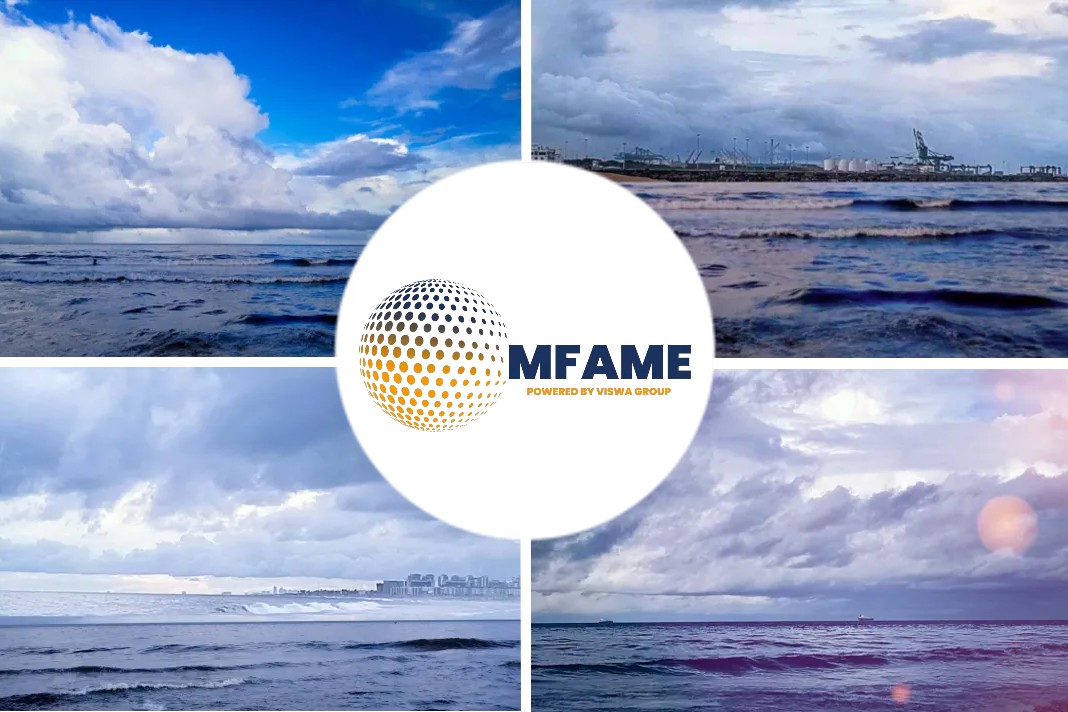
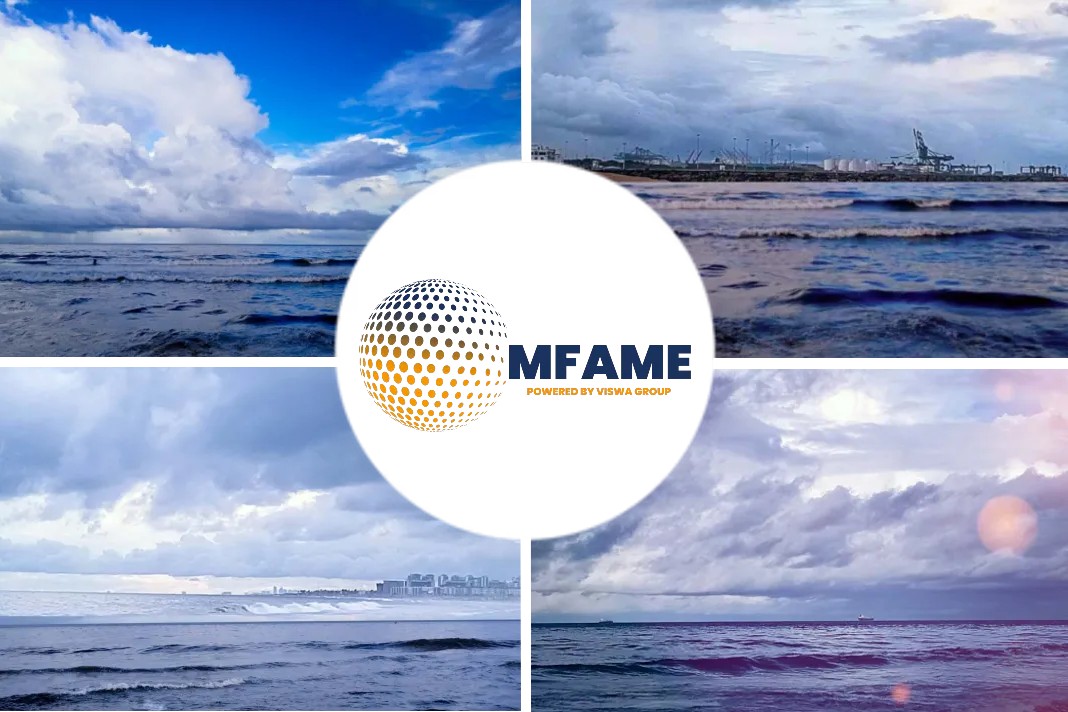
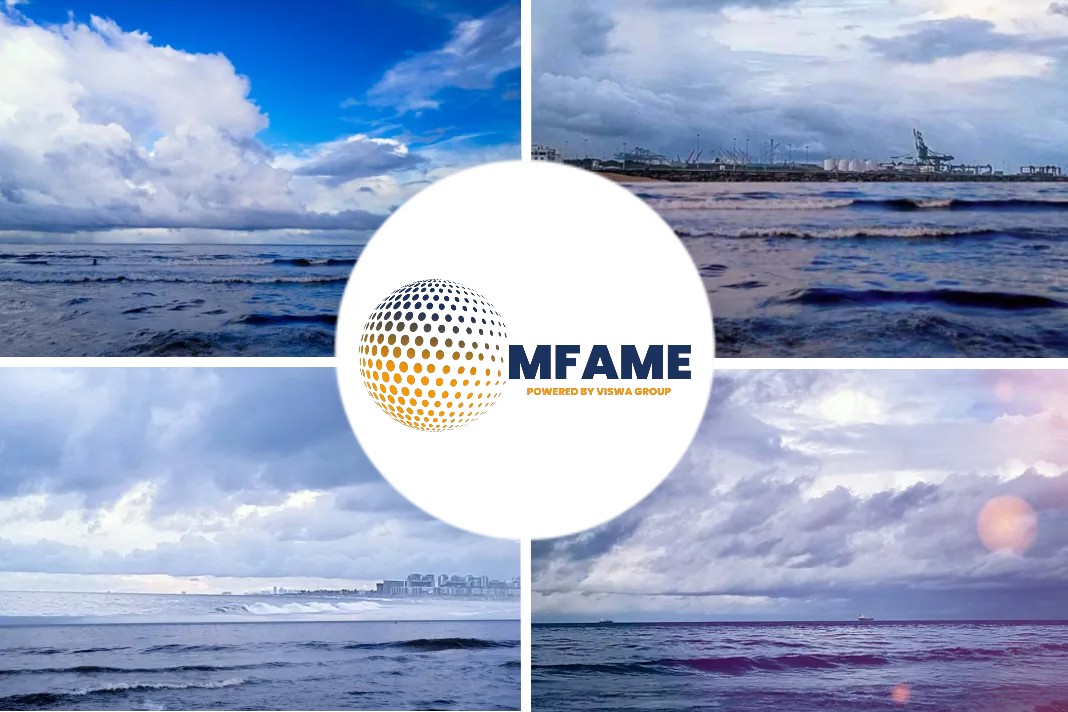
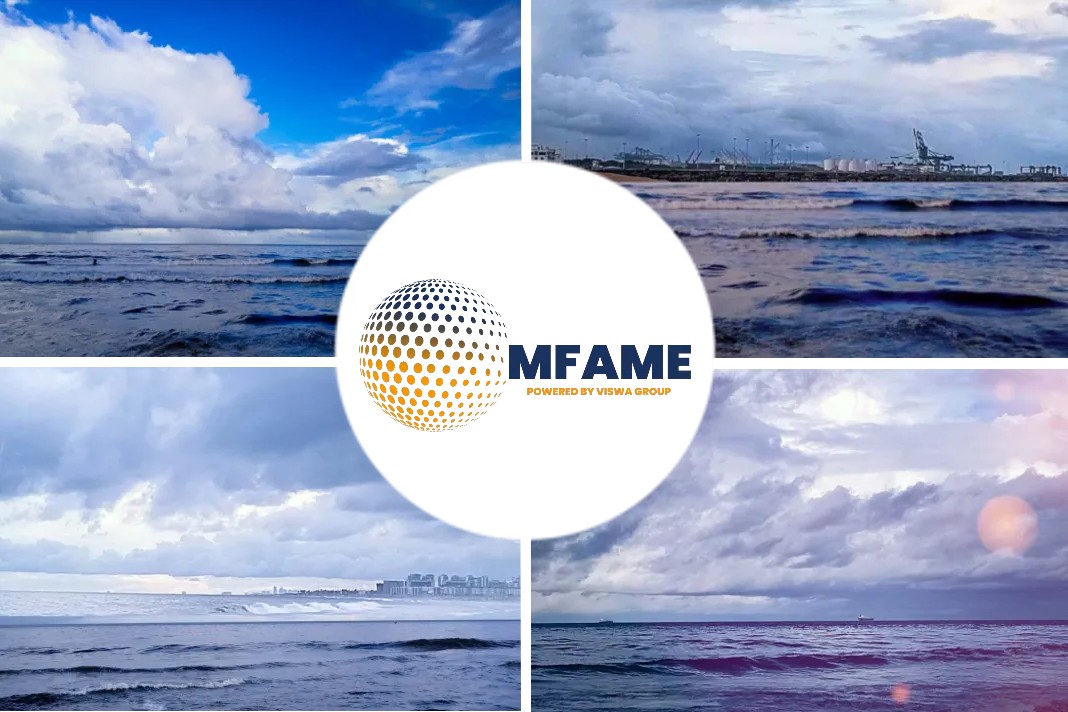
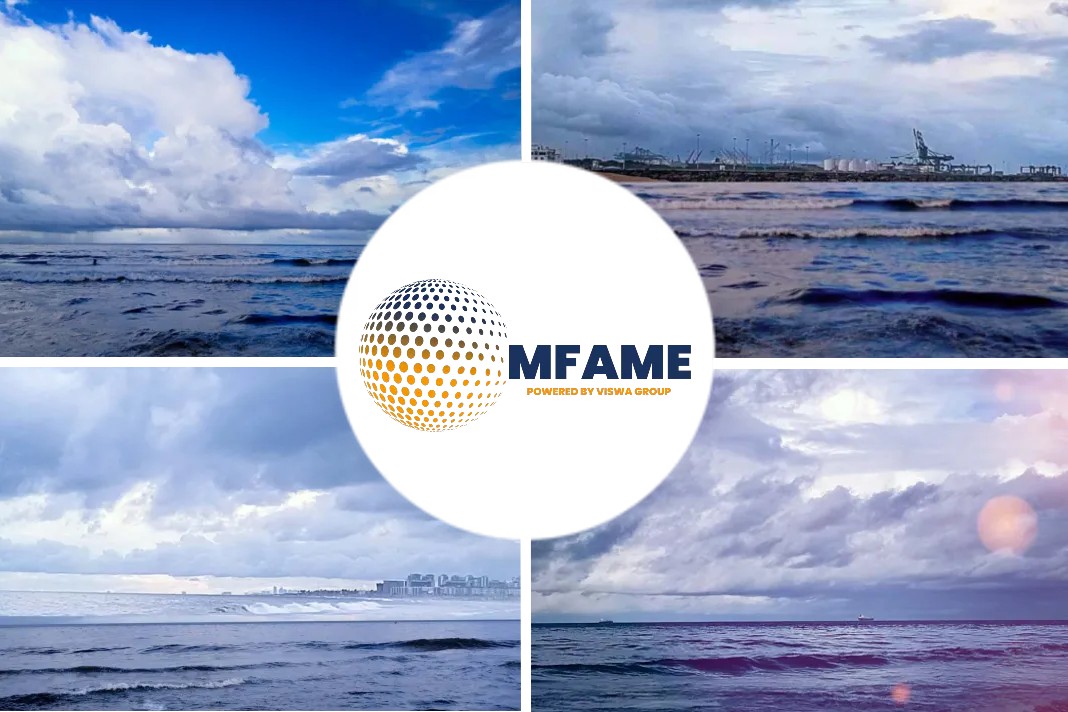

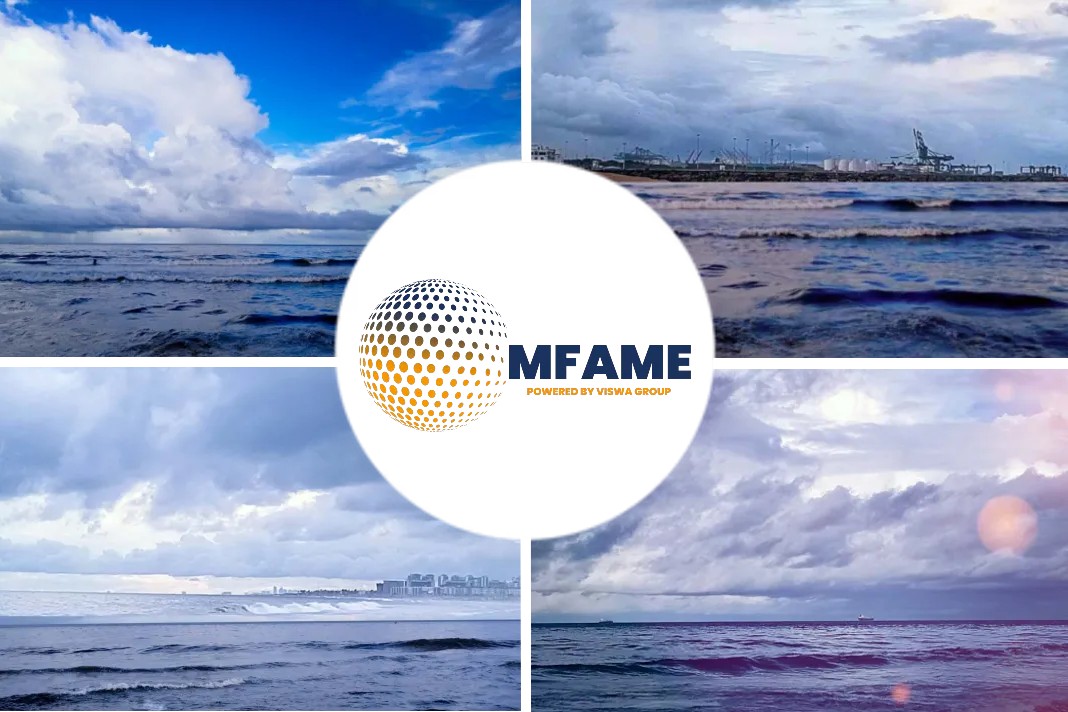
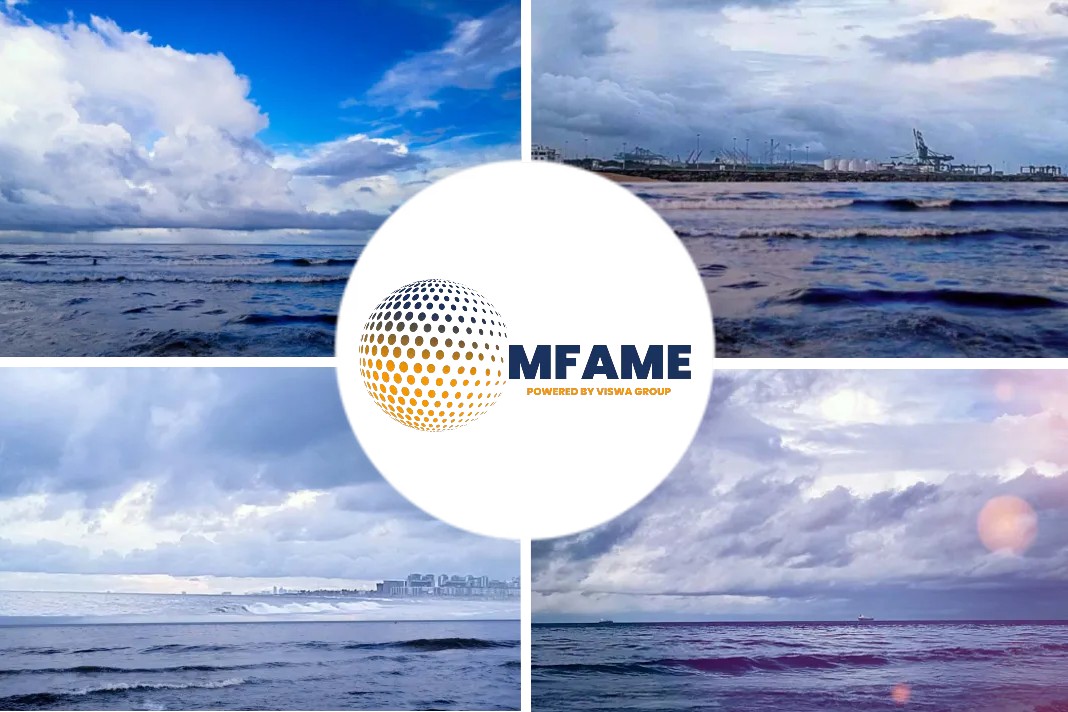
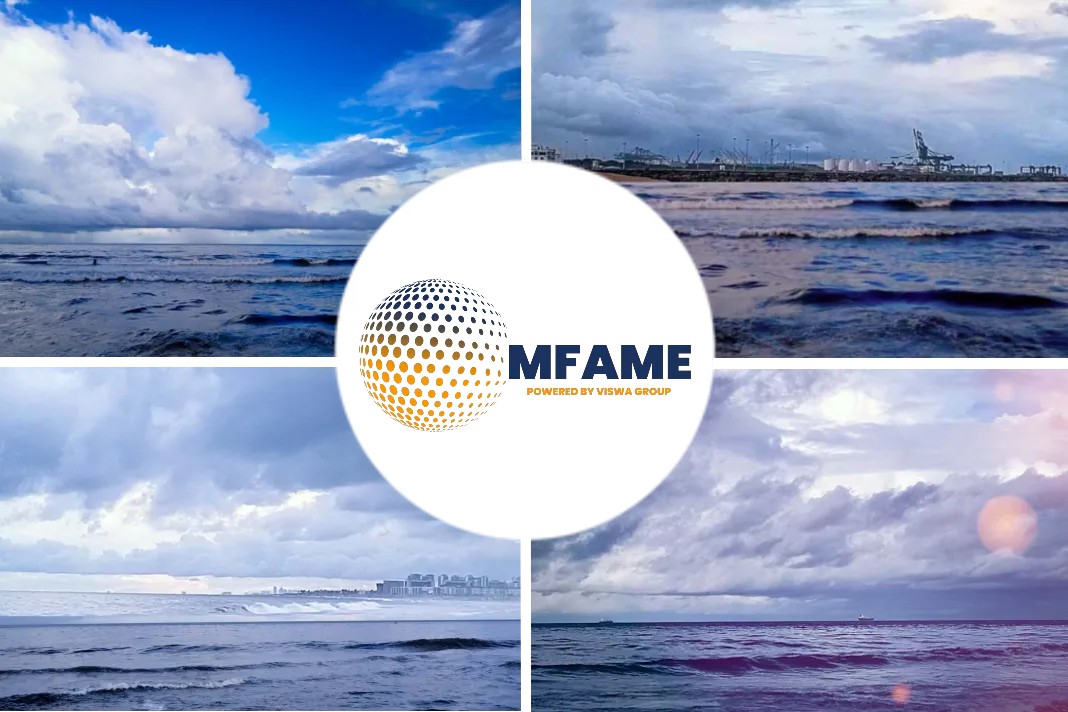
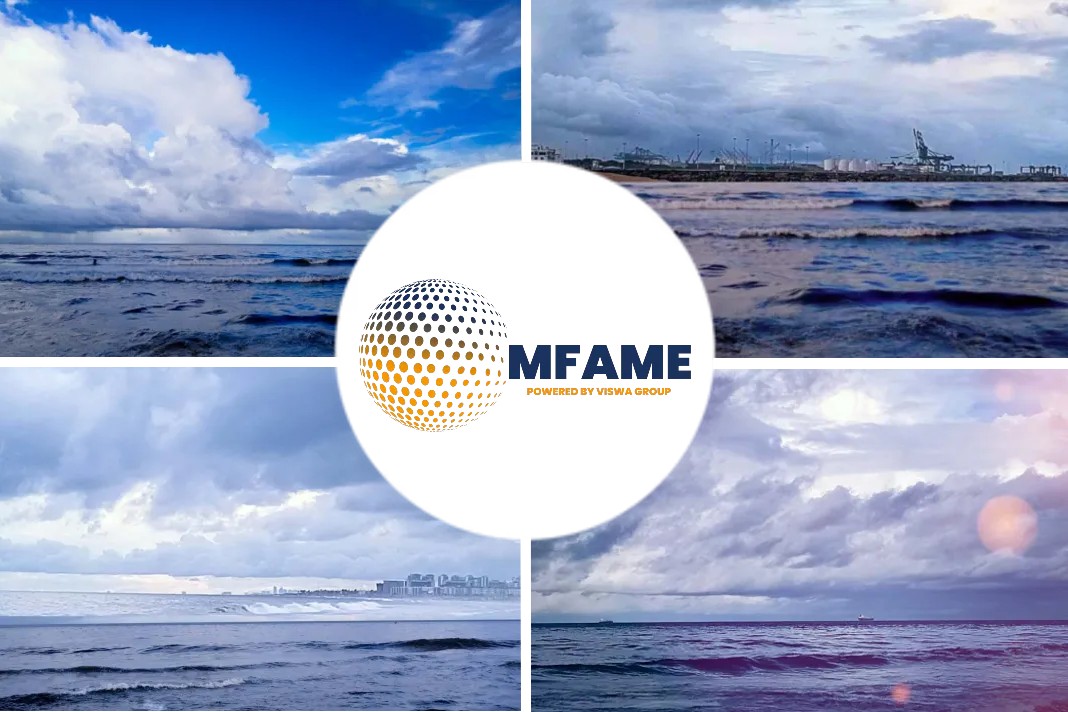










Дорогие Клиенты!
Предъявляем вам новейшее понятие в мире декора домашней обстановки – шторы плиссе. Если вы желаете к великолепию в каждом подробности вашего жилища, то эти портьеры выберутся выдающимся выходом для вас.
Что делает шторы плиссе такими особенными? Они объединяют в себе в себе выгоду, использование и пользу. Благодаря уникальной литере, технологичным тканям, шторы плиссе идеально подходят к для какова угодно пола, будь то зала, дом, плитка или профессиональное поляна.
Закажите [url=https://tulpan-pmr.ru]жалюзи гофре купить[/url] – оттворите уют и красоту в вашем доме!
Чем подсаживают шторы плиссе для вас? Во-первых, их самобытный бренд, который добавляет привлекательность и лоск вашему месту. Вы можете подобрать из разнообразных структур, оттенков и подходов, чтобы подчеркнуть индивидуальность вашего дома.
Кроме того, шторы плиссе предлагают массивный ряд функциональных вариантов. Они могут регулировать степень света в интерьере, покрывать от солнечного света, предоставлять закрытость и создавать комфортную обстановку в вашем доме.
Наш ресурс: [url=https://tulpan-pmr.ru]http://www.tulpan-pmr.ru[/url]
Мы поможем вам отыскать шторы плиссе, которые замечательно гармонизируются с для вашего интерьера!
Забота о домашнем пространстве – это забота о вашем комфорте. Теплоизоляция стен – это не только стильный внешний вид, но и обеспечение сохранения тепла в вашем уединенном уголке. Специалисты, специалисты в своем деле, предлагаем вам сделать ваш дом в прекрасное место для жизни.
Наши проекты – это не просто утепление, это творческий процесс с каждым строительным блоком. Мы придерживаемся совершенному сочетанию между эстетикой и функциональностью, чтобы ваш уголок стал не только теплым и стильным, но и прекрасным.
И самое главное – разумная цена! Мы уверены, что профессиональные услуги не должны быть неприемлемо дорогими. [url=https://ppu-prof.ru/]Утепление стен снаружи цена[/url] начинается всего от 1250 руб/м².
Применение современных технологий и материалов высокого качества позволяют нам создавать теплоизоляцию, долговечную и надежную. Забудьте о холодных стенах и дополнительных расходах на отопление – наше утепление станет вашим надежной преградой перед холодом.
Подробнее на [url=https://ppu-prof.ru/]интернет-ресурсе[/url]
Не откладывайте на потом заботу о комфорте своего дома. Обращайтесь к экспертам, и ваш дом станет настоящим художественным произведением, которое подарит вам тепло и уют. Вместе мы создадим жилище, в котором вам будет по-настоящему уютно!